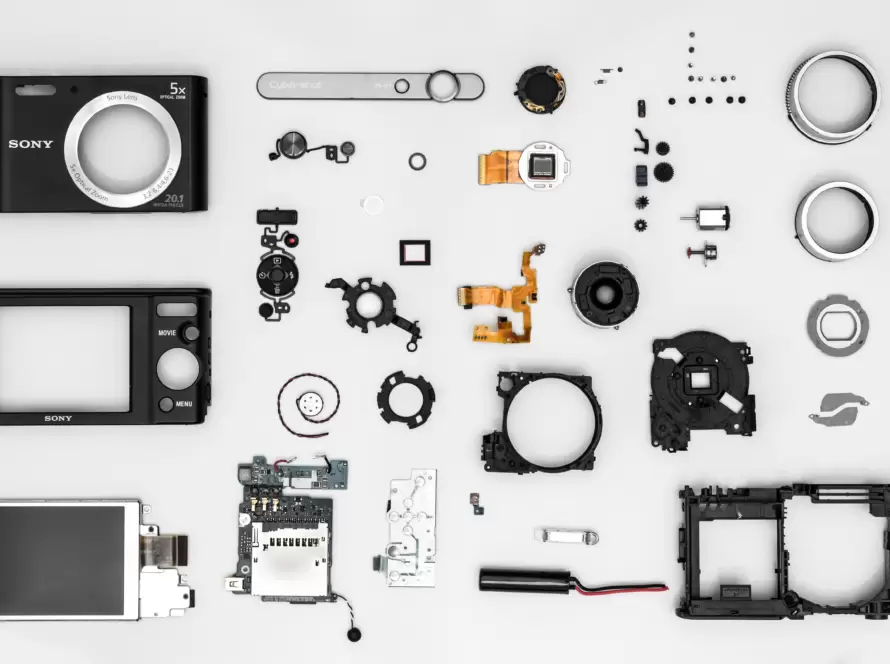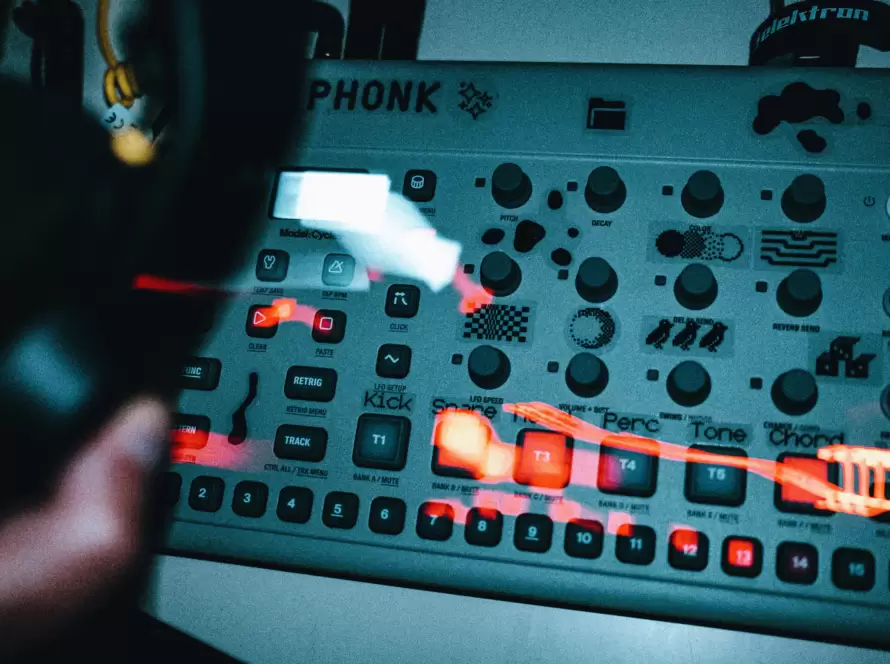Generated by Contentify AI
- Introduction to Bootstrap Buttons
- Understanding Button Classes in Bootstrap
- Customizing Button Styles in Bootstrap
- Adding Icons to Bootstrap Buttons
- Creating Button Groups in Bootstrap
- Button Sizes and Variations in Bootstrap
Introduction to Bootstrap Buttons
Whether you’re developing a website from scratch or customizing existing Bootstrap themes, one of the most important elements of a website is the buttons. Not only do they provide the necessary functionality to a user, but they can also be used to add a bit of style and personality to the overall look and feel of the website.
Creating stylish Bootstrap buttons doesn’t have to be difficult. With a few simple steps, you’ll be able to create beautiful, eye-catching buttons in no time. In this guide, we’ll walk you through the basics of button design, as well as some tips and tricks to help you create the perfect buttons for your site.
The first step in creating stylish Bootstrap buttons is to choose the right color. Color plays an important role in the overall aesthetic of a website, and the right color can make all the difference. Choose a color palette that’s complementary to the overall theme of the site, or experiment with different shades to see what looks best. Additionally, consider the size of the button – too small and it may be difficult for a user to click, too large and it may be overwhelming.
Next, it’s time to think about the shape of the button. Bootstrap offers several pre-made options, such as rounded, square, and pill-shaped buttons, that can be used to create a unique look. Additionally, you can customize the shape of the button by adding a border or even using an image instead of a flat color.
Finally, it’s time to choose the text of the button. This is the part of the button that will actually be seen by the user, so make sure to choose something that is easy to read and conveys the desired message. Additionally, consider using a font that works well with the overall design of the website – just because a font looks good, doesn’t mean it will look good on your website.
Creating stylish Bootstrap buttons doesn’t have to be a complicated process. By taking the time to choose the right color, shape, and text, you’ll be able to create beautiful, eye-catching buttons that will help make your website stand out.
Understanding Button Classes in Bootstrap
When it comes to styling elements in Bootstrap, button classes are a major part of the process. Bootstrap offers a number of classes, each offering their own unique advantages. By leveraging these classes, you can create stylish Bootstrap buttons with ease.
The “btn” class is the most versatile as it can be used with any HTML element. This class allows you to make any element look like a clickable button. It automatically adds the necessary styling for buttons such as a hover effect, rounded corners, and other features.
The “btn-primary” class adds further styling to the “btn” class by making the background color a primary color. The “btn-success”, “btn-danger”, and “btn-warning” classes also add the primary background color, but with different shades to indicate success, danger, or warning.
The “btn-link” class is used for buttons with link styling. This class removes the background and border, and replaces it with an underlined link. The “btn-lg” and “btn-sm” classes can be used to give buttons extra large and small sizes, respectively.
The “btn-block” class makes a button take up the full width of its container, while the “btn-group” and “btn-group-vertical” classes can be used to group multiple buttons together. Lastly, the “btn-disabled” class adds a disabled state to a button, making it look gray and unclickable.
By using Bootstrap’s button classes, you can give your buttons a professional and stylish look in no time. Whether you’re a web developer or a designer, these classes are essential for creating nice-looking buttons.
Customizing Button Styles in Bootstrap
Creating stylish Bootstrap buttons can be a great way to make a website or app stand out from the competition. Bootstrap, an open-source front-end framework, makes it easier than ever to create attractive and professional-looking buttons. With just a few lines of code, you can customize the look and feel of your buttons to be whatever you want them to be.
When it comes to customizing Bootstrap buttons, the possibilities are virtually endless. You can change the size, color, and shape of your buttons to match your website’s design. You can even add styles like drop-shadows and gradients to create unique button designs. The possibilities don’t stop there.
If you’re looking for a way to make your buttons stand out, you can also add icons and graphics to them. This can be an effective way to draw attention to your buttons and make them look more professional. You can also add hover effects, such as changing the color of a button when a user hovers over it.
For even more control over the look of your buttons, you can use code to customize their behavior. For example, you can add animations or transitions to make your buttons look more dynamic. You can also add custom classes and IDs to your buttons so that you can target them with CSS or JavaScript.
Creating stylish Bootstrap buttons may take some time and effort, but the rewards are definitely worth it. Customizing the look and feel of your buttons can take your website or app to the next level. With just a few lines of code, you can make your buttons look unique and professional.
Adding Icons to Bootstrap Buttons
Icons can greatly enhance the look and feel of Bootstrap buttons. By adding icons to your buttons, you can give them a unique and stylish look that is sure to stand out. In this tutorial, we will explore how to add icons to Bootstrap buttons and make your buttons truly stand out.
Adding icons to Bootstrap buttons is really quite simple. The first step is to include the necessary CSS and JavaScript files. If you’re using Bootstrap version 3, you’ll need to link to the Font Awesome CSS file in the head of your HTML document. Alternatively, if you’re using Bootstrap version 4, you can simply include the Bootstrap CDN link.
Once you’ve included the necessary files, you can start adding icons to your Bootstrap buttons. To do this, you’ll need to use the data-icon attribute. This attribute allows you to specify an icon to be used as the button’s label or icon. For example, to add a pencil icon to a button, you would use the following code.
Once you’ve added the data-icon attribute, you’ll need to add a class to the button so that it can be styled appropriately. For example, if you’d like the button to have a rounded-corner design, you would use the btn-rounded class.
Finally, you can add the icon name as the content of the button. This will allow the icon to show up on the button. For example, to add a pencil icon, you would use the following code.
As you can see, adding icons to Bootstrap buttons is really quite simple. By adding the necessary CSS and JavaScript files, as well as the data-icon attribute and the correct classes, you can easily create stylish and unique Bootstrap buttons with icons. Give it a try today and see what creative buttons you can come up with!
Creating Button Groups in Bootstrap
Creating stylish Bootstrap buttons is an important part of any web designer’s toolkit. Buttons are used to trigger actions and navigate users to the desired destination. Bootstrap has a powerful suite of tools for creating button groups that can be used to structure and stylize buttons in a variety of ways.
Creating a button group in Bootstrap consists of two main components, the container and the button elements. The container is used to define the outermost wrapping element and can be used to group items together. The button elements are the actual clickable elements.
To create a basic button group, all you need to do is wrap multiple buttons with a
In addition to the basic button group, Bootstrap also provides a number of additional options for customizing the look and feel of your button groups. You can use the “btn-toolbar” class to create a toolbar with multiple levels of buttons. You can also use the “btn-group-vertical” class to create a vertical button group.
For more advanced styling, you can use the “btn-group-lg”, “btn-group-sm”, and “btn-group-xs” classes to increase or decrease the size of your button groups. You can also use the “btn-group-justified” class to make your button groups span the full width of the page.
Bootstrap also provides a number of utility classes to help you with common button group related tasks. For example, you can use the “btn-group-toggle” and “btn-group-checkbox” classes to create toggle and checkbox button groups. You can also use the “btn-group-hover” class to automatically add hover effects to your button groups.
Creating button groups in Bootstrap is a great way to quickly style and structure your buttons. By taking the time to understand the various classes and components available, you can create beautiful and unique button groups in no time.
Button Sizes and Variations in Bootstrap
When it comes to creating stylish, eye-catching Bootstrap buttons, size and variation play a big role in the overall design. While there are numerous ways to create buttons with Bootstrap, there are four basic button sizes and variations to choose from: default, large, small, and extra small. Depending on the size and variation you choose, the look and feel of a button can vary significantly.
Starting with the default size button, this is the most common size and variation used when creating Bootstrap buttons. It has a consistent look and feel, and provides a good balance of text and graphics. Its simple, yet powerful design makes it a great choice for any website.
The large Bootstrap button size and variation offers a more prominent look and feel. Due to its larger size, it is optimal for displaying important information or providing an extra call to action. The large size is also ideal for visually highlighting certain aspects of a page or website.
The small Bootstrap button size and variation is designed to be used in less prominent areas, or as a secondary call to action. It has a similar design to the default size button, but is slightly smaller. This size is great for providing an added flair to a website without taking up too much space.
Finally, the extra small Bootstrap button size and variation is perfect for displaying small details or providing additional information. It is the smallest available size and has very limited text or graphics options due to its size.
No matter what size and variation you choose for your Bootstrap buttons, it is important to keep in mind that the look and feel can vary significantly. While the default size and variation is often the easiest to work with, the other sizes and variations can provide an extra level of sophistication to any website. By exploring the different button sizes and variations available in Bootstrap, you can create stylish and eye-catching buttons that will grab the attention of any user.



